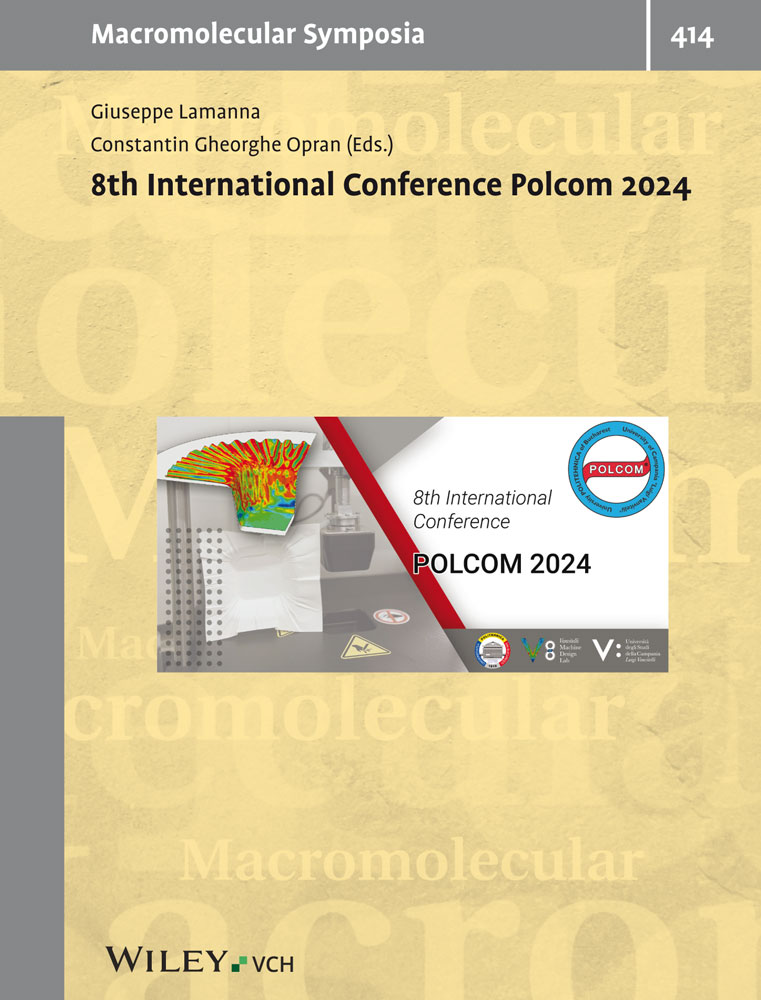1H NMR study of phase transition of uncharged and negatively charged poly(N-isopropylmethacrylamide) in D2O solutions
Abstract
1H NMR spectroscopy has been applied to the analysis of dynamic-structural changes during temperature-induced phase transition of non-ionized poly(N-isopropylmethacrylamide) (PIPMAm) and ionized copolymers of N-isopropylmethacrylamide with sodium methacrylate, all in D2O solutions with various polymer concentrations (c = 0.1-10 wt.-%) and ionic comonomer mole fractions (i = 0-10 mole %). It was found that the formation of compact globular-like structures during the phase transition is independent of polymer concentration for non-ionized samples; the presence of negative charges on the polymer chains leads to a dependence of the phase transition temperature on c and i. Virtually all PIPMAm segments are in globular-like structures for low polymer concentrations; for c ⩾ 1 wt.-%, this holds only for low content i of the ionic comonomer. An increase in c and i leads to a decrease in the fraction of polymer segments in globular-like structures; for samples with highest values of c and i, the phase transition was not observed.




